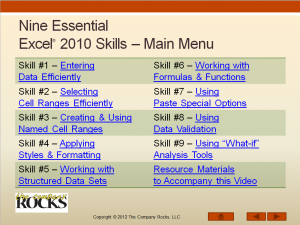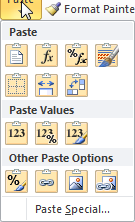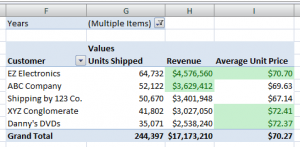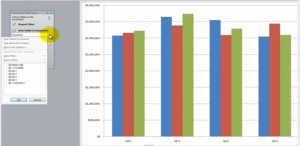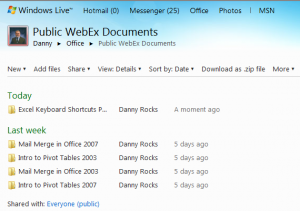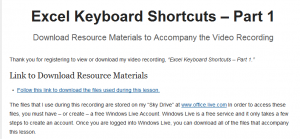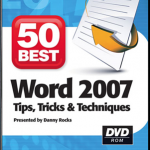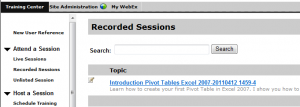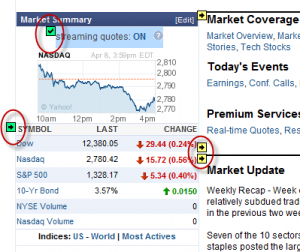In Excel 2010, you can now use special keyboard shortcuts to control your Paste Special Options – e.g. Paste Values Only, Transpose, Paste Link, Paste Formatting, etc.). There is a new technique to learn, however, before you can become proficient with these keyboard shortcuts in Excel 2010. Let me demonstrate.
Live Preview for Paste Special in Excel 2010
In my previous video tutorial, I demonstrated how to take advantage of this great new feature – “Live Preview for Pasting” – in Excel 2010. Click here to watch that video.
Two Ways to Use Keyboard Shortcuts to Paste Special in Excel 2010
- Press and Release the Ctrl Key, then press the “letter key” for the shortcut.
- Press the “Context Key” on your keyboard (to the right of the Space-bar; between the Alt & Ctrl keys) and then press the “letter key” for the shortcut.
Each of these techniques is easier to explain through a video demonstration than to write out the instructions. So, I encourage you to watch my video if you want to learn these new techniques for Excel 2010!
Learn More Paste Special Options
On my latest DVD-ROM, “Nine Essential Skills for Excel 2010,” I go into greater detail about the many ways that you can use Paste Special. This IS one of the 9 Essential Skills that I have identified. Follow this link to learn more about the 4 hour training video. The DVD-ROM includes 25 individual video tutorials, a 29-page instructional manual, and the Excel 2010 Practice Files that I used while filming the videos.
Learn about all of the training resources that I offer at my secure online shopping website – http://shop.thecompanyrocks.com
Watch Video in High Definition on YouTube
 New Keyboard Shortcuts for Paste Special in Excel 2010 [ 8:39 ] Play Now | Play in Popup | Download (2790)
New Keyboard Shortcuts for Paste Special in Excel 2010 [ 8:39 ] Play Now | Play in Popup | Download (2790)
